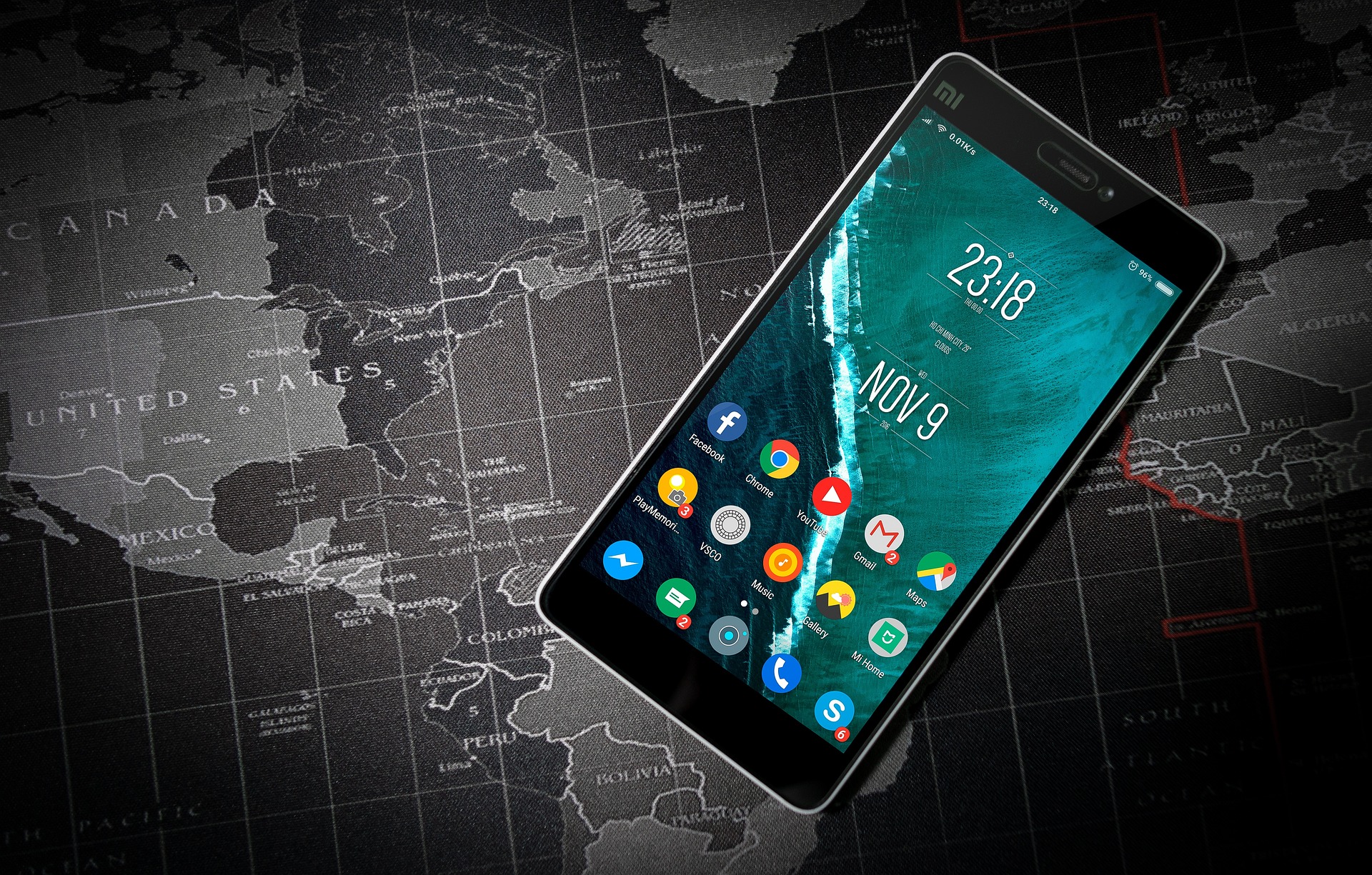About App Install Ads
You’ve got a great startup idea and just created a well-designed app. Whether your are in the food, transport, data science or marketing sector , you need to market your app to reach the top of the app charts and maximize your app downloads. Then you probably need to create app install ads using effective funnels and strategies that will make your app stand out.
What is an app install campaign? Imagine ads that are designed to drive installs of your mobile app in a short period of time. This ad type usually appears in placements such as social media feeds, where the users are redirected to your app. App install campaign is also a great way to enchance your organic traffic and gain even more visibility through increasing app ranking. In terms of assets, you just need thr app name, description, image, and a CTA button.
Strategic Plan
Step One: Budget Plan
Make a budget plan setting specific goals for the number of installs you want to achieve. Your basic metric here is the CPI ( cost per install ) which obviously varies across locations, channels and platforms. If you’ve got past data you can have a rough idea about how much to invest. In general the recommendation is to keep your budget at least 10x tCPA (depending on the stage of funnel and target audience). Obviously the broader the audiences the larger the budget required.
Step Two: Choosing Platform
Once you set up the budget you can choose the platform for the ads. Where can app ads run? The answer is everywhere. App install ads can run across Android, iOS, mobile web, and desktop. Targeting will depend on the following:
- Target audience
- The type of app
- Industry
- Previous data insights which channels performed best
Step Three: Utilise your audience lists
After awareness and acquisition stage you might have already a subset of users that have familiarity with your app, and they may have even engaged with you prior. Re-engagement campaigns encourage existing app users to take in-app action. On the other hand you can make a custom audience list of churners – users that are highly possible to leave the app. Those can retargeted with a special offer or specific incentives to stay and engage with the app. That practice can dramatically decrease churn rate.
Step four: Use the right Content for your app install Ads
Your app ad install campaign should have compelling creatives. These ads need to include stimulating incentives and calls to action (CTAs) in order to be fruitful.
- Use images that displays the USPs of your app: What benefit does your app offer? How will users interact with it?
- Keep images minimal but eye-catching and scroll-stopping.
- Ensure high picture quality: A poorly executed ad with pixelated images won’t attract anyone, so keep quality in mind.
- Use problem-solution copy. Define the problem and then the solution in your copy in order to create more engagement. Get the user into the conversation, especially if they have that problem.
- Build credibility through social proof. Adding social proof to your ad could be very appealing, as it influences most consumers. Awards, ratings, reviews are a very good source of credibility.
- A/B testing: Try out different CTAs and copies to see which one has the most impact.
- Use incentives in your content , for example referral programs or particular benefits of the program. This practice maximizes app downloads and customer retention at the same time.
Step five: Optimization – The full-funnel matters
Consider the full-funnel when making app advertising decisions. Last-click attribution could be the industry standard however, that’s not only one that matters in the customer journey. Conversions are the result of multiple touch points throughout the sales funnel and should be taken into account when analyzing performance.
Customer journey might be very complex and requires investigation in order to evaluate. For instance, someone can see your app ad on Facebook Ads, and then later on YouTube, but not install it until they see it for a third time on Twitter. In this case, it doesn’t make sense to give all the credit to Twitter as the first two touch points created the awareness about the app. So , try to evaluate your campaign comprehensively to make sure you don’t miss any gap in your conversion funnel.

